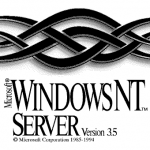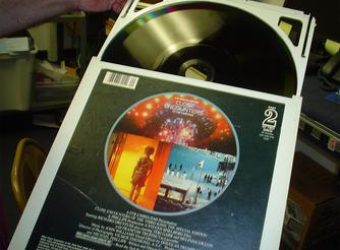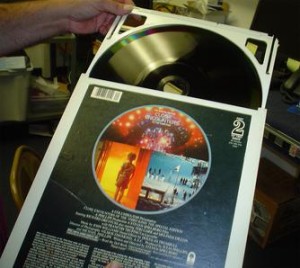December 25, 1998: Official Y2K Compliance
Subscribe! Spotify | RSS | More
1998 – during the last couple years of the 20th century, the race was on to fix an oversight in multiple computer systems. The problem was dubbed “Y2K” or the Millennium bug. Bottom line was that all computers worked on a 2 digit year system instead of 4. Because of this, once the clock rolled, computers would think it’s 1900 instead of 2000 and bigger issues would happen.For instance, if you were born in 1968, then you would be -68 years old in a computer calculating your birth date. If you had a bill due of $1,000 since 1998, then you might find yourself with a reverse interest, in turn causing financial institutions to go into turmoil.
In 1998, President Bill Clinton made a statement that the Social Security payment system was officially Y2K compliant.
By the way: Most people resolved the problem by not programming in a 4 digit year, but by shifting the thinking of the 2 digit year. Therefore, in 2012 (which some shifted to), they will have these issues all over again.

Subscribe to Day In Tech History:
RSS Feed - iTunes - Android - Spotify - iHeartRadio
Facebook -
- RSS Bandwidth by Cachefly Get a 14 Day Trial
- Join me on Patreon and support Day in Tech History
- Merry Christmas
- Nintendo Wii with Linux installed
- Compuserve blocks 200 sexually explicit sites
- Netscape announces the AOL browser will be discontinued

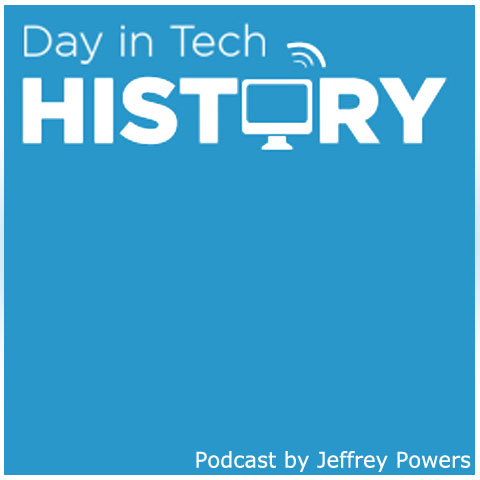
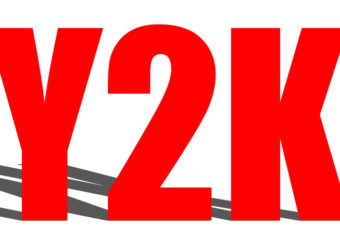

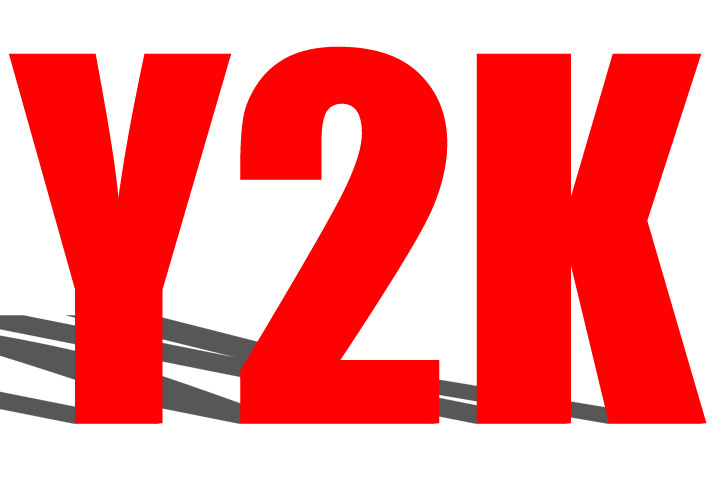
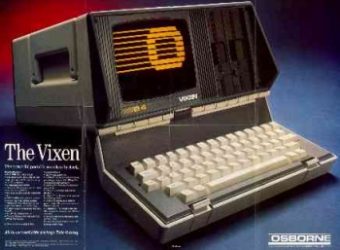
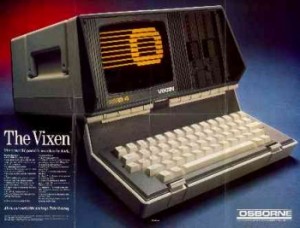
![windowsNT35[1] windowsNT35[1]](https://dayintechhistory.com/wp-content/uploads/2012/09/windowsNT351-340x250.png)
